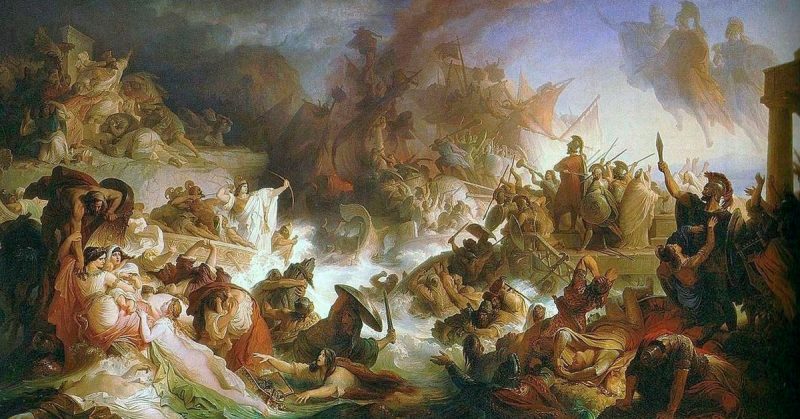In war, standing and fighting in an unfavorable battle is certainly the brave and honorable choice, but it isn’t always the best choice to actually win the war. Running away to regroup and fight again can be the best choice in the long term.
1. Abandoning Athens to Fight at Salamis
The epic second Persian invasion of Greece was a major conflict. Thanks to Hollywood it is in popular culture today. The last stand of the Spartan 300 is fondly remembered, but less so is the naval stand and retreat at Artemisium and the abandoning of Athens.
The stand at Thermopylae was chosen because it was the best defensive area before Greece opened into the plains of Boeotia and Attica. The fight bought the Greeks time to prepare. To keep the Spartans and allies safe from naval flanking, the Athenian navy fought a holding action off the coast at Artemisium.
When Leonidas and his brave Hoplites were surrounded and destroyed there was no more reason for a holding action against the massive Persian navy. The Greeks had plenty of naval successes at Artemisium but were set to lose a battle of attrition.
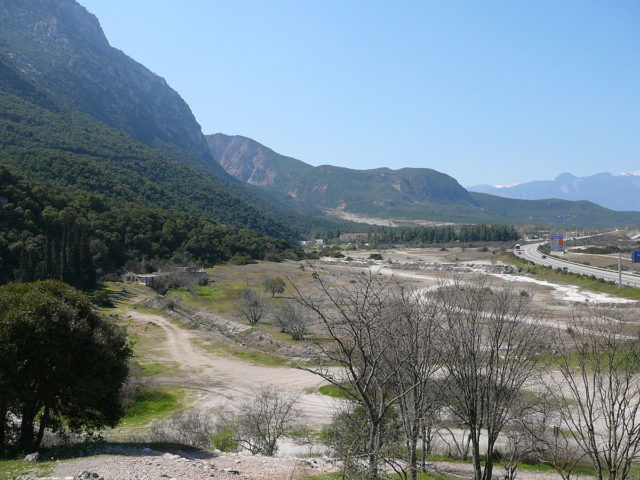
After Thermopylae, the Persians swooped into the plains of Greece and threatened Athens. Rather than risk a siege and assault where the defenders would be trapped, Athens decided to evacuate their great city and take to nearby islands. A few valiant warriors voluntarily remained and fought a fierce defense on the heavily fortified acropolis, but they ultimately fell as the Persians conquered and burned the city.
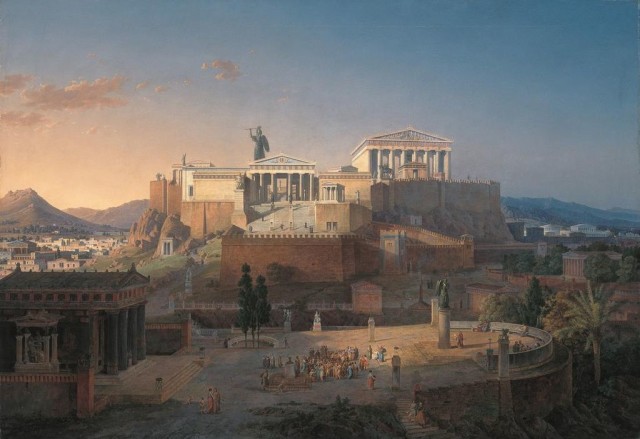
This choice was not easy for the Athenians, but the defense of the isthmus of Corinth was the sensible choice when combined with the full concentration of the navies of Greece around Salamis. Ultimately the Persians were led into the naval battle of Salamis where the determined Greeks fought with all their ingenuity and courage in the narrow straits of Salamis.
The Persians wading onto the shores after their ships sank found the rest of the Athenians waiting to dispatch them. When the Persians were finally driven out of Greece the Athenians enjoyed the great respect for their sacrifice of Athens. Staying and fighting would have given the Persians a tough struggle to take the city, but they likely would have won it in the end, and destroyed the city and its population at once.
2. Ager Falernus Hannibal Ties Torches to Oxen in the Night

Hannibal is often remembered for his tactical genius. From hiding his whole army for an ambush at Trasimene, or surrounding and annihilating an army twice his size at Cannae, Hannibal did it all. It is no surprise that he also orchestrated one of the most creative retreats in ancient history.
After winning two great victories at Trebia and Trasimene, Hannibal struck south to win some Italian allies to his cause and find suitable winter quarters. According to some sources, Hannibal’s guide had language hurdles and took the Carthaginian army to the fertile Ager Falernus. In Campania, this area was a lowland surrounded by rolling hills and only a few routes out.

The Romans had elected Fabius Maximus as dictator after their defeats and Fabius soon gained the nickname of “the Delayer” by refusing a full fight and shadowing Hannibal’s army, always taking the high ground. Hannibal had been able to stay mobile and fight small skirmishes, but once he was led into the Ager Falernus, Maximus saw his opportunity to trap the dangerous invader.
Knowing that Hannibal was heading to the region, Fabius sent men to occupy the routes out of the plains and took a hill himself. Hannibal was outnumbered and trapped on the plain. He tried desperately to lure Fabius into battle on the plain with no luck. Hannibal was seemingly faced with a literal uphill battle against entrenched Romans, something even the best of generals in history would have trouble with.
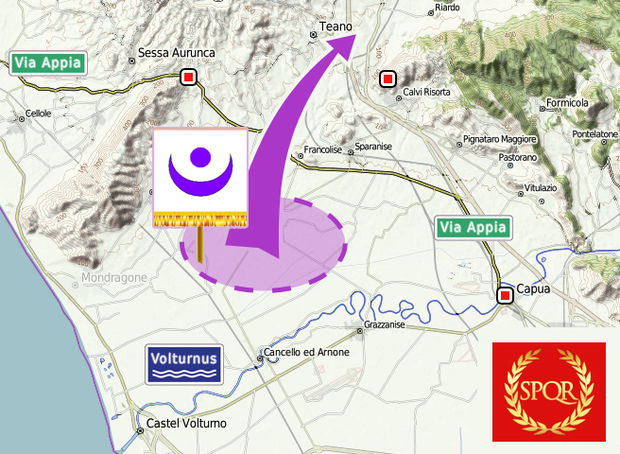
Instead, Hannibal ordered his men to collect bundles of wood and tie them to the horns of several hundred oxen. At night they set the wood on fire and stampeded the oxen away, the fires giving the impression that Hannibal’s whole force was on the move.
Fabius, ever cautious, held position on his hill pass while Hannibal punched through the least defended pass. The fighting was fierce, but Hannibal had the numbers and the advantage of surprise and was able to escape. This humiliation led to public disapproval of Fabius and once his dictatorship was up, the Romans sent the largest army they had ever fielded to defeat Hannibal once and for all. The result was the shattering defeat at Cannae.
3. George Washington’s Escape from Brooklyn
There is a difference between a strategic withdrawal and a disorganized route, and Washington’s retreat was certainly the former. Early in the war, the British had the advantage and the numbers. After the seizure of Boston and the Battle of Bunker Hill, it was decided to fortify the heights of southeast Brooklyn on Long Island. The hope was for a similar British attack uphill against stout defenses.
The hope was for a similar British attack uphill against stout defenses.
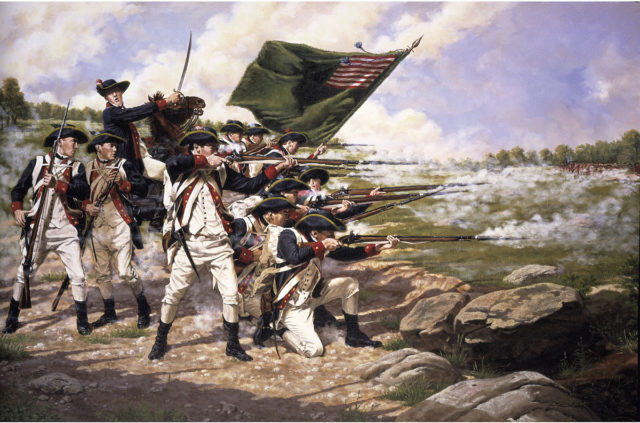
Well, such an attack did happen, but was also followed up by a flanking attack on the vulnerable stretch of land between the Guan Heights and Brooklyn Heights. The Americans on the heights and near the British landing were having some success and did not realize their peril.
Thanks to the brave counterattacks of the Maryland 400 (actually less than 300 men), many of the Americans escaped to Brooklyn Heights, a heavily fortified area on the coast near Manhattan. Thousands of American troops were killed or captured, but many more made it to the defensive position.
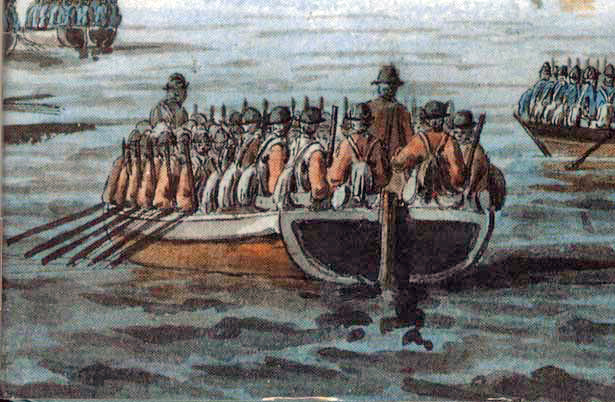
Washington had the higher ground, forcing general Howe to halt the attack. Howe probably remembered the devastating losses suffered during the Bunker Hill assault and prepared to lay siege.
Washington had little intention of staying put, seeing how he had less than 10,000 recently defeated men and plenty of wounded facing over 20,000 British with command of the water. After organizing a fierce bombardment into the night, Washington ordered together all the boats that could be assembled and sent the wounded to Manhattan.
Soon followed by the rest of the men, the retreat continued into dawn. Fortunately, a thick fog obscured the remaining troops and Washington was the last to push off, leaving Long island without losing a single life during the retreat.
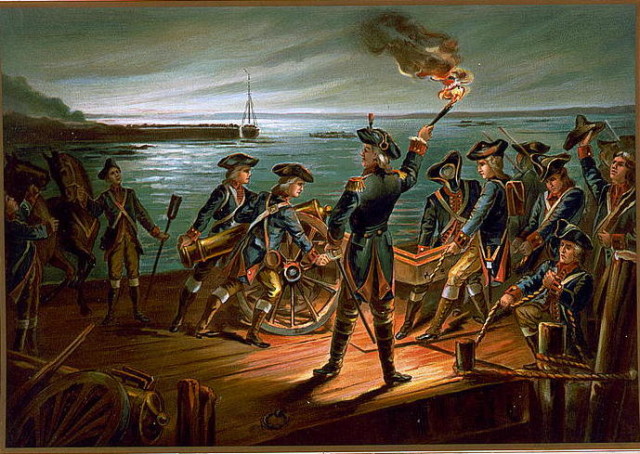
Washington suffered more defeats in the following months as the Americans were simply not yet prepared for the British might. However, the army and Washington forged on regardless, something they would not have been able to do had they remained trapped at Brooklyn Heights.
By William McLaughlin for War History Online
